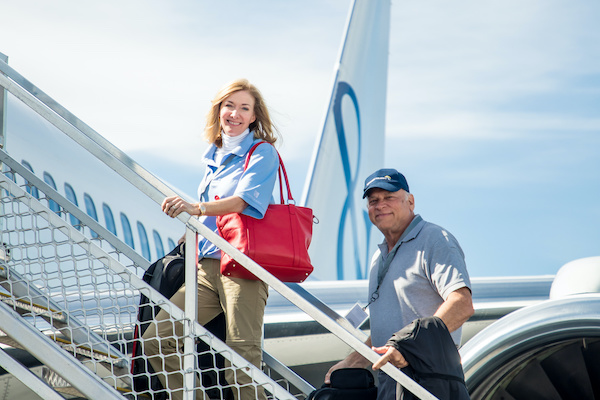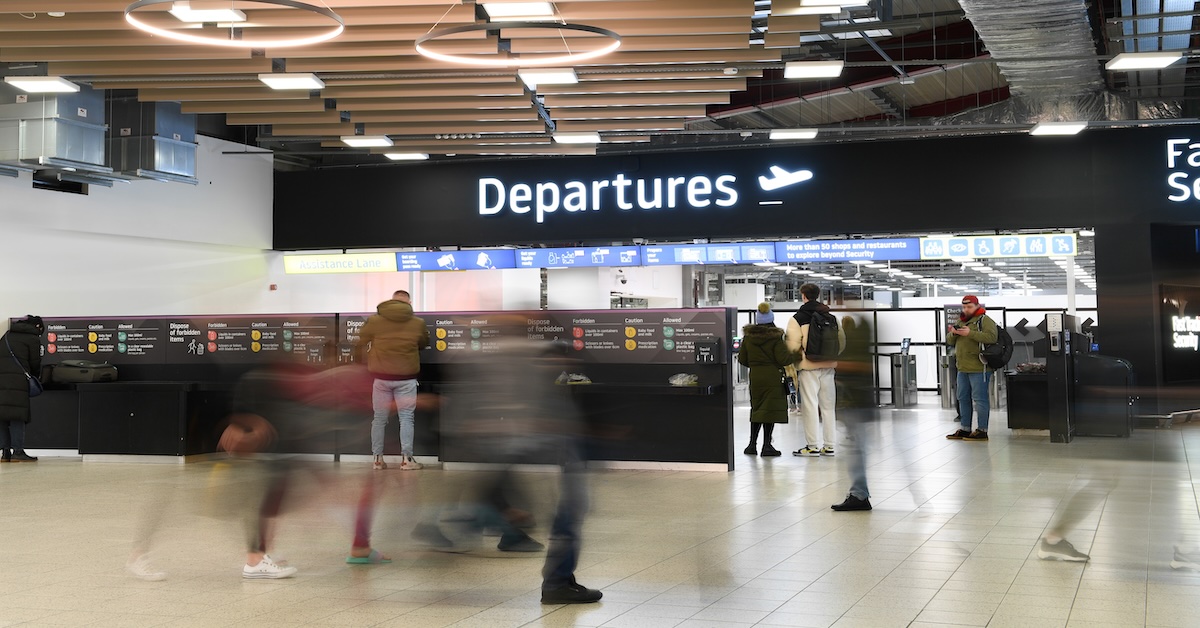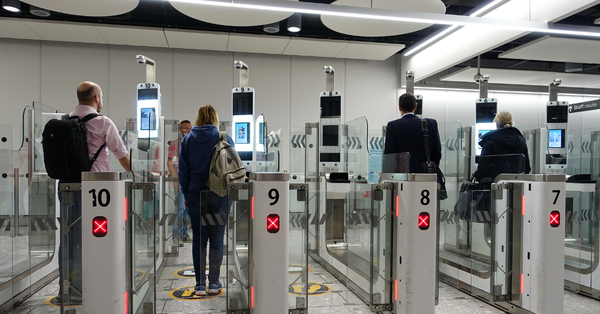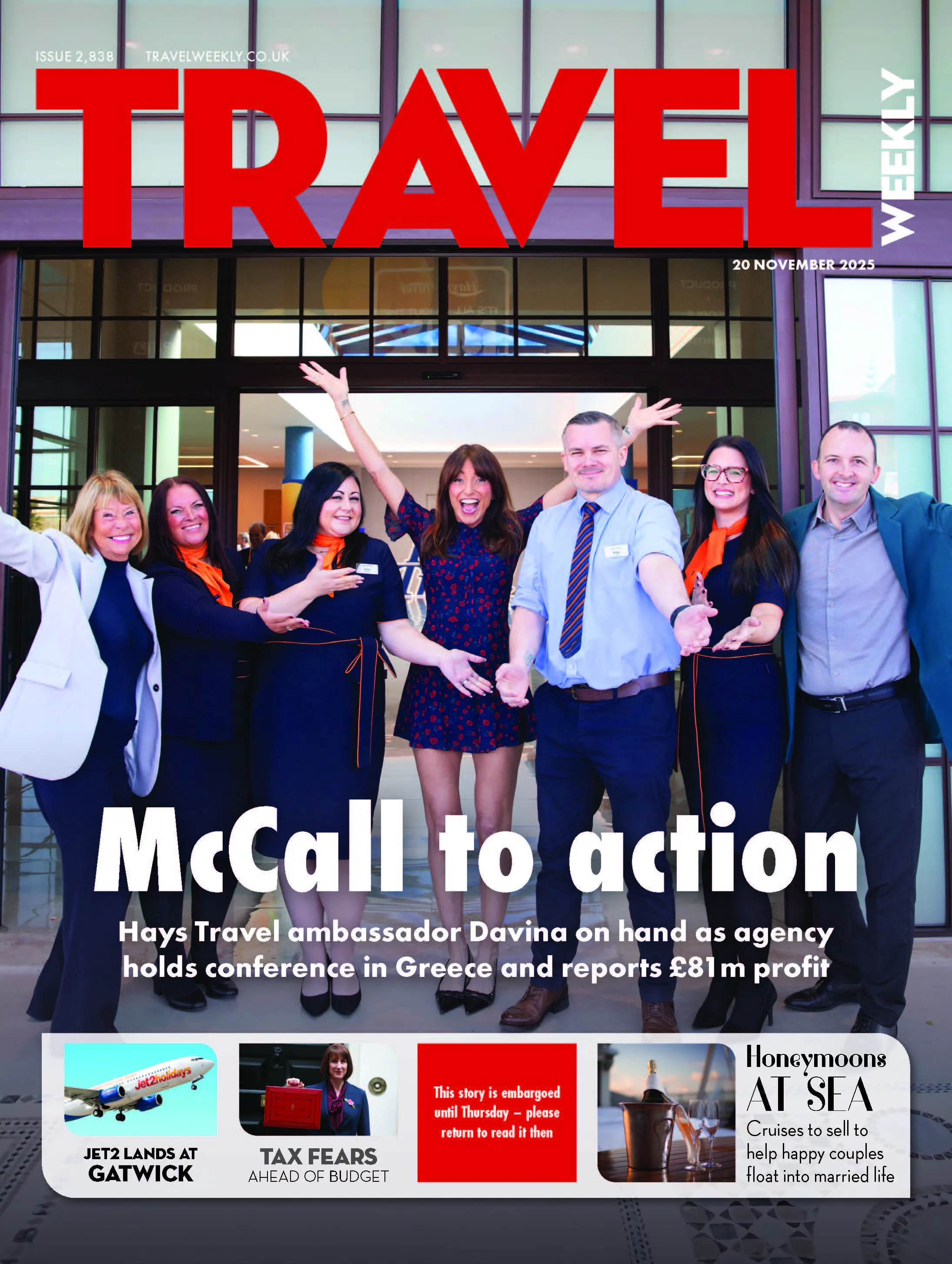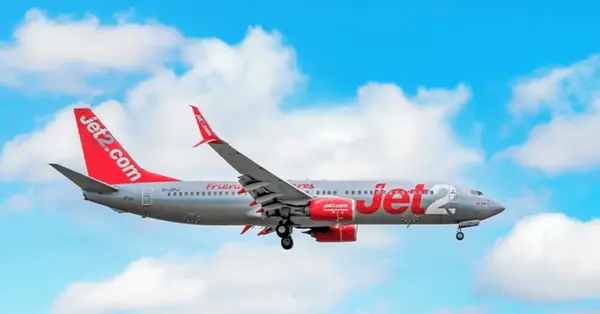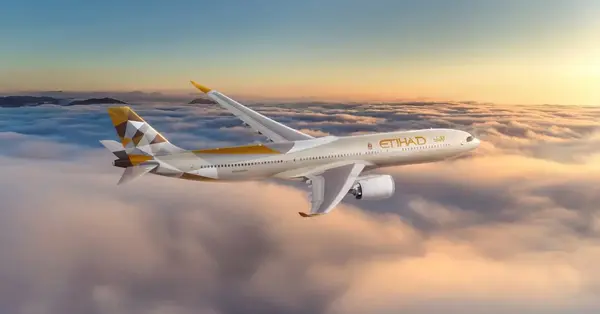You are viewing 1 of your 2 free articles
Comment: BA’s loyalty club rebrand might be a smart move despite the furore
Loyalty, they say, is a two-way street. That sentiment seemed very much front of mind for travel consumers, media and industry commentators in the furore that surrounded British Airways’ recent announcement that The British Airways Executive Club would be rebranded to The British Airways Club.
I was one of thousands of loyal customers that received notification from the airline about the changes. Under the new rebranded system, I learnt, members such as myself would in future earn ‘Tier Points’ based on the cost of my flight and, for the first time, additional spending such as seat selection and excess baggage.
Gone would be the days of accumulating points for the number of miles one travelled and the type of class one flew in. And gone were the days of earning status relatively cheaply, particularly if you secured a good deal on your flights.
The anger from BA customers was fast and furious as they saw their valuable statuses evaporating.
Blogging influencers wrote damning open letters to BA chief Sean Doyle, while the topic dominated dedicated social media groups generating hundreds of comments from the once faithful.
Andrew Neil, one of the country’s most respected journalists, referred to it on the social media platform X as having “the makings of a self-inflected disaster – maybe one of the biggest corporate cock-ups of modern times”.
Boon or burden?
And I shared the anger, frustration and puzzlement of my fellow BA loyalists. But a tiny voice at the back of my marketer head was gently saying, ‘This is exactly the right move to make’.
I have always carried a torch for brand loyalty schemes, particularly in the travel and hospitality fields. As an avid participant in them, I have often walked past a Marriott, Sheraton or Radisson hotel to earn Hilton Honors points and have reached the top of one cruise line’s loyalty programme.
But in recent years I have also witnessed the inevitable decline of the loyalty scheme. British Airways’ recent initiative may just confirm something that little voice in my head has been whispering. For brands, the loyalty scheme has outlived its purpose.
While loyalty schemes were initially about brands gaining and defending market share, they have in recent years lost their way. Today, rather than attracting and encouraging bigspending customers, loyalty programmes are more likely to burden brands by attracting and retaining low-spending consumers.
Diminishing returns
Recently, aboard a ship of one of the biggest cruise brands in the market, I observed firsthand the fundamental problem facing brands and their loyalty schemes.
The ship was full of loyalty programme participants; a significant number were top-tier members. However, while these members sailed on many cruises, they nearly all had booked inside cabins, did not go on any onshore excursions and, because of the perks they received, had no need for drinks packages or speciality restaurants. In other words, while they were loyal and regular customers, they were perhaps the least profitable customer the cruise line could get.
They were also, I noticed, highly demanding. More so than the higher-value customers not at that top tier. In short, yes they were loyal to the brand, but that loyalty came at a price – a price of relatively little revenue and a high level of entitlement.
Indeed, loyalty was once a two-way street, but for travel brands it ceased being that some time ago.
The challenge, as BA has discovered, is to let the traveller know in a way that is palatable – and that will be no easy task.



